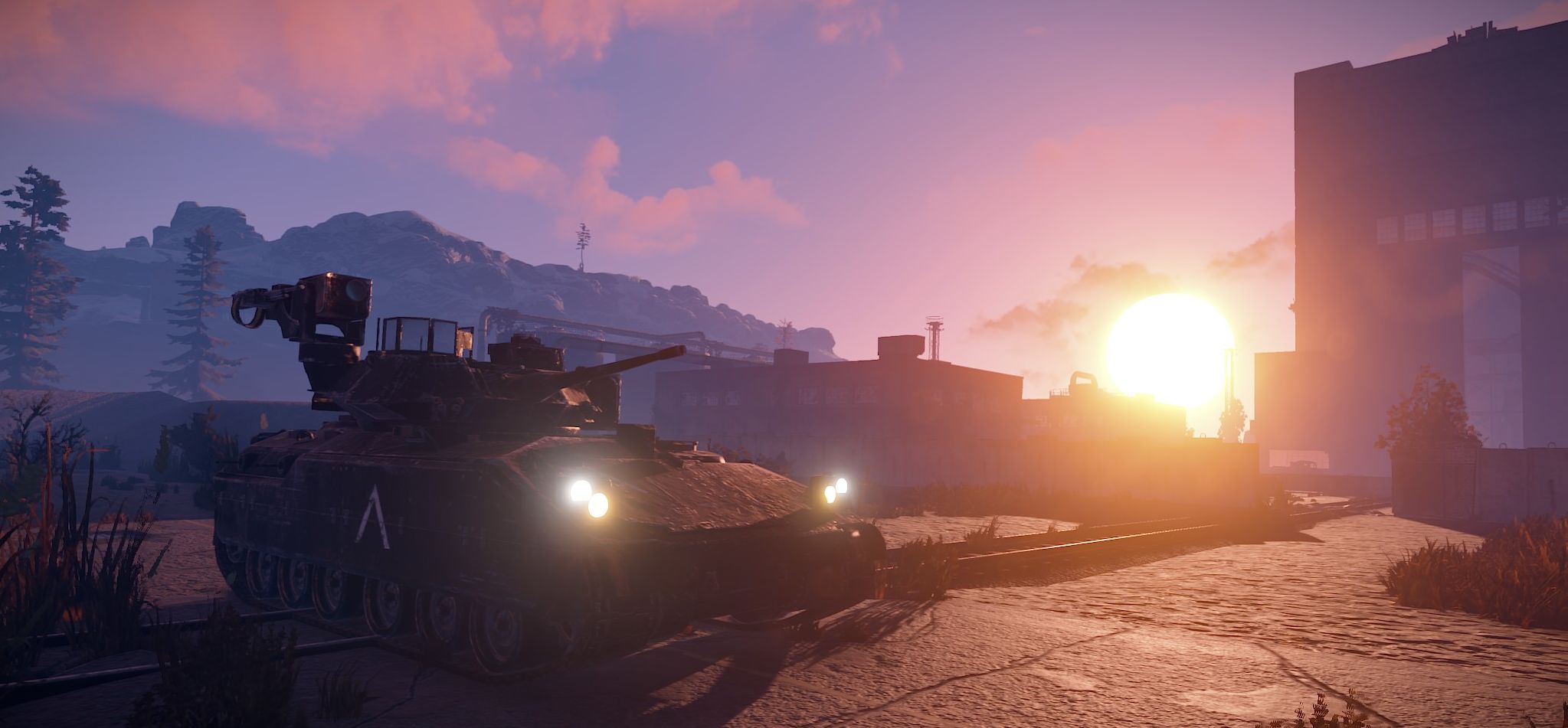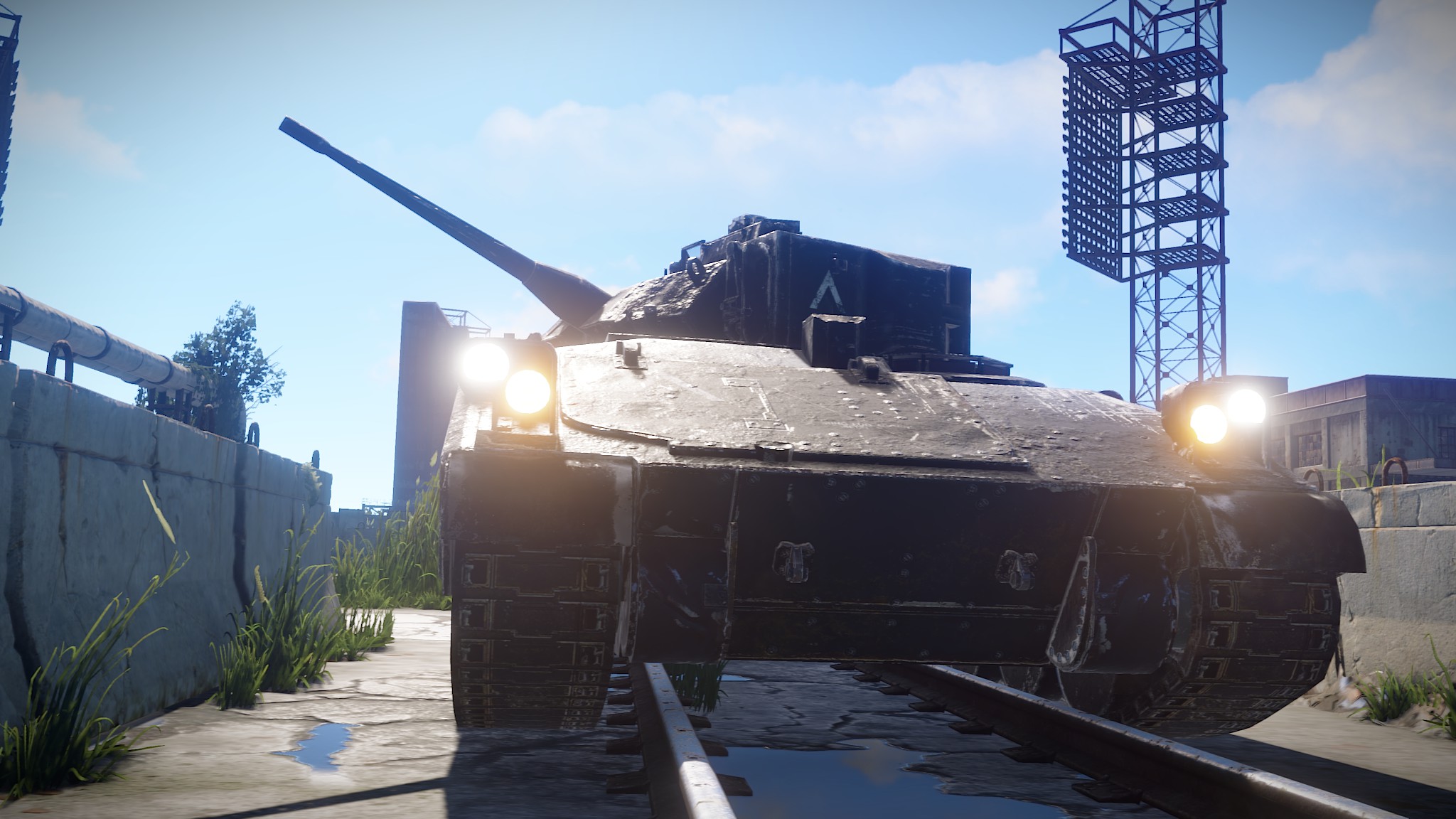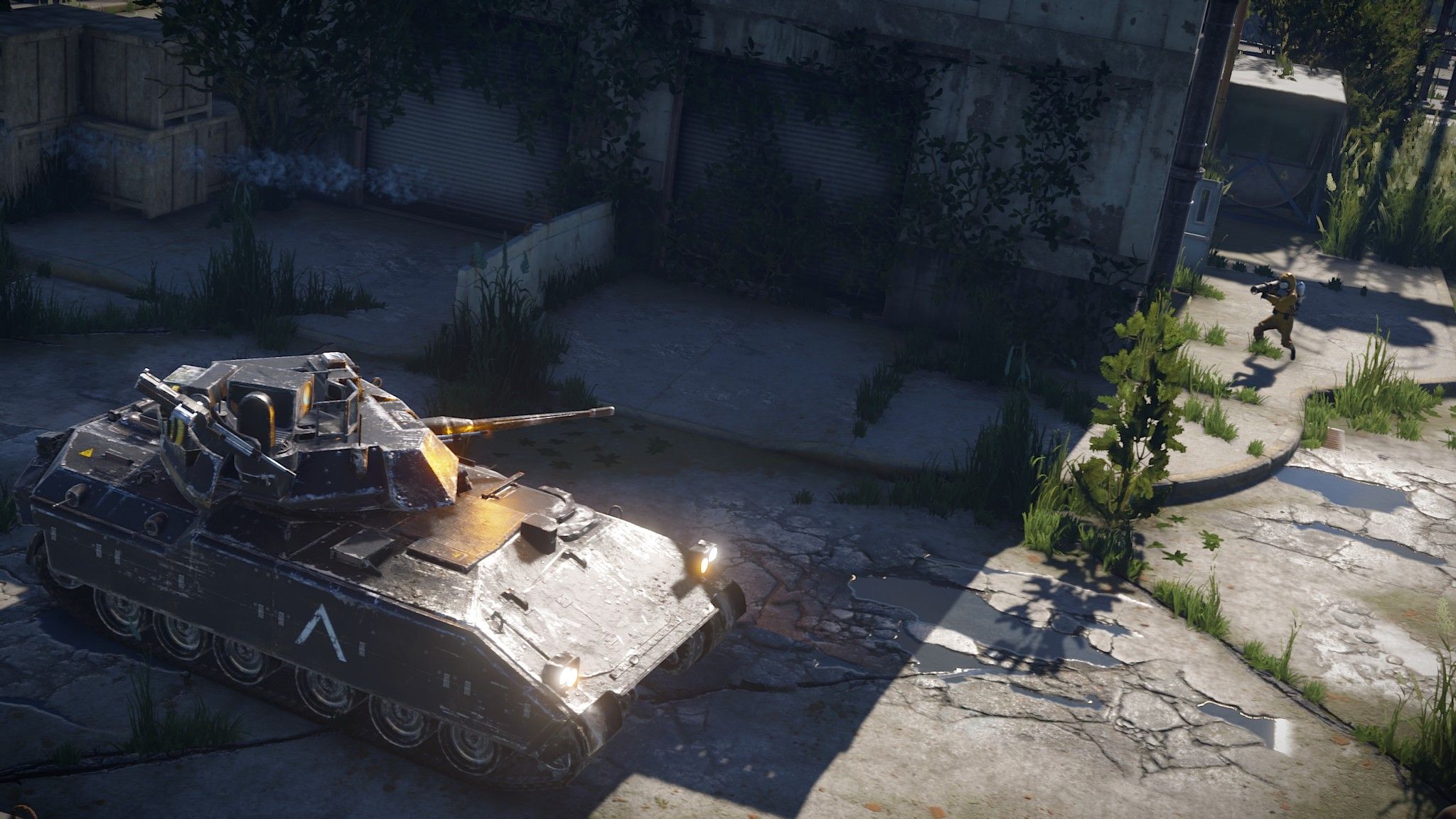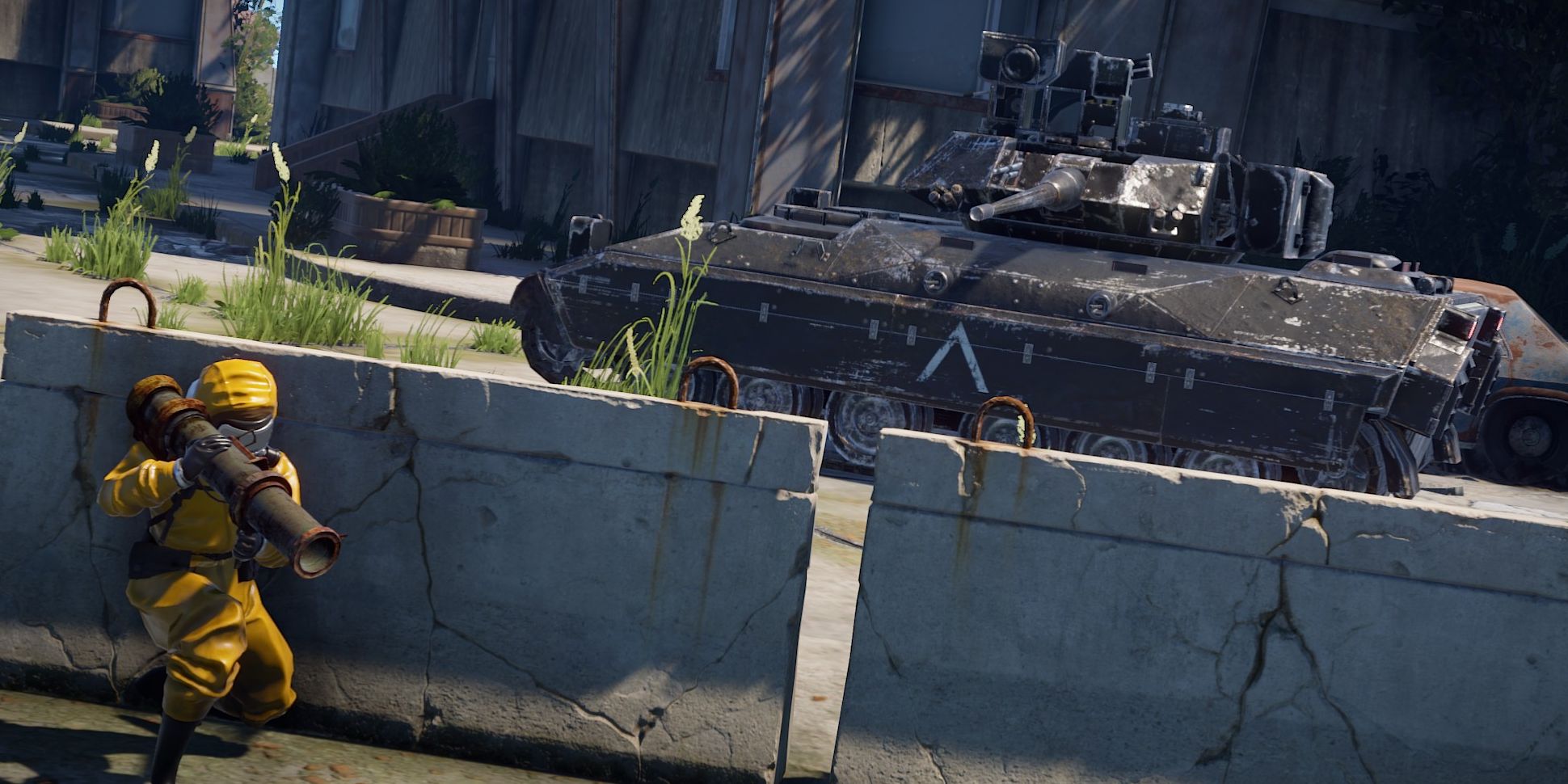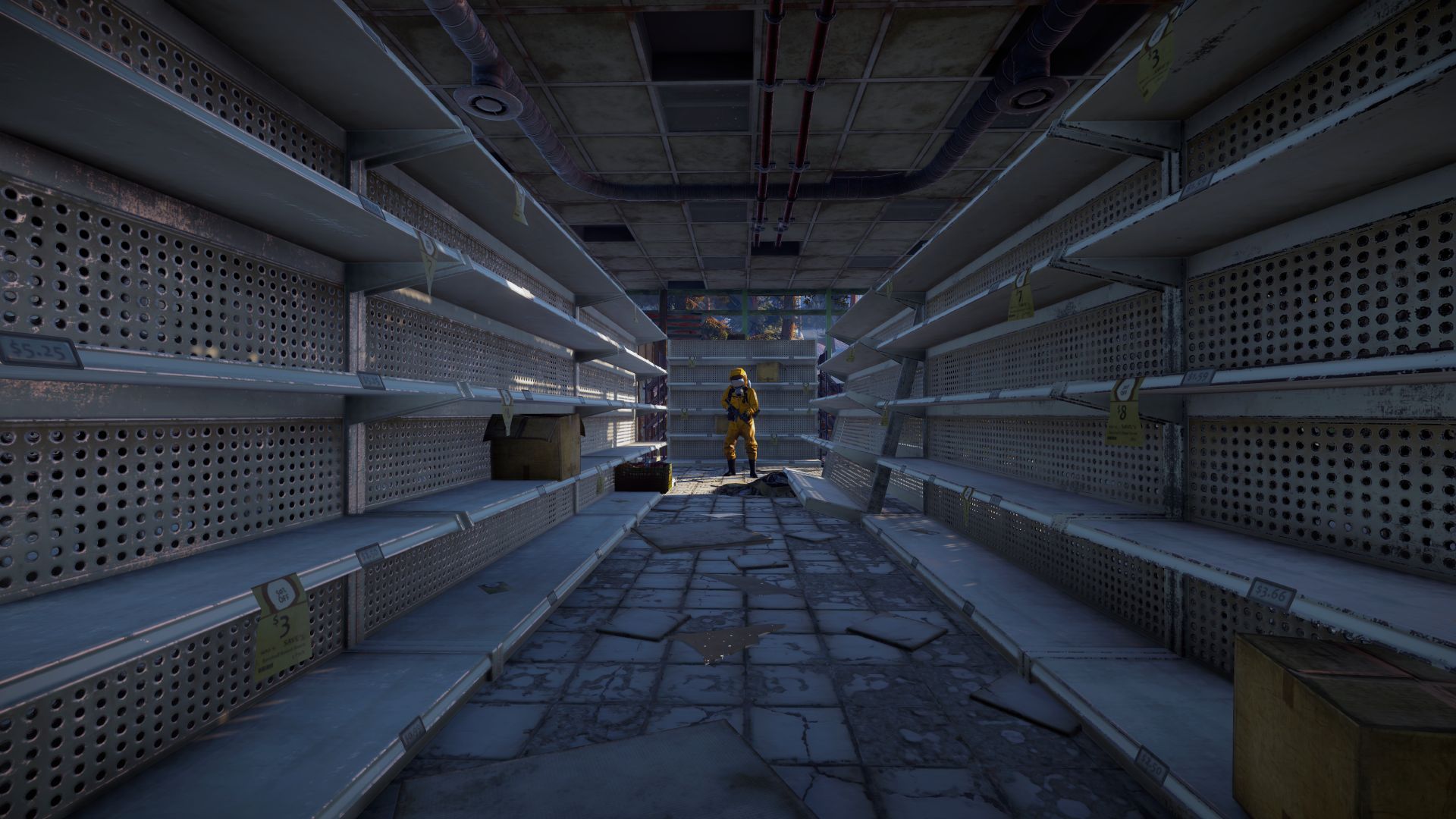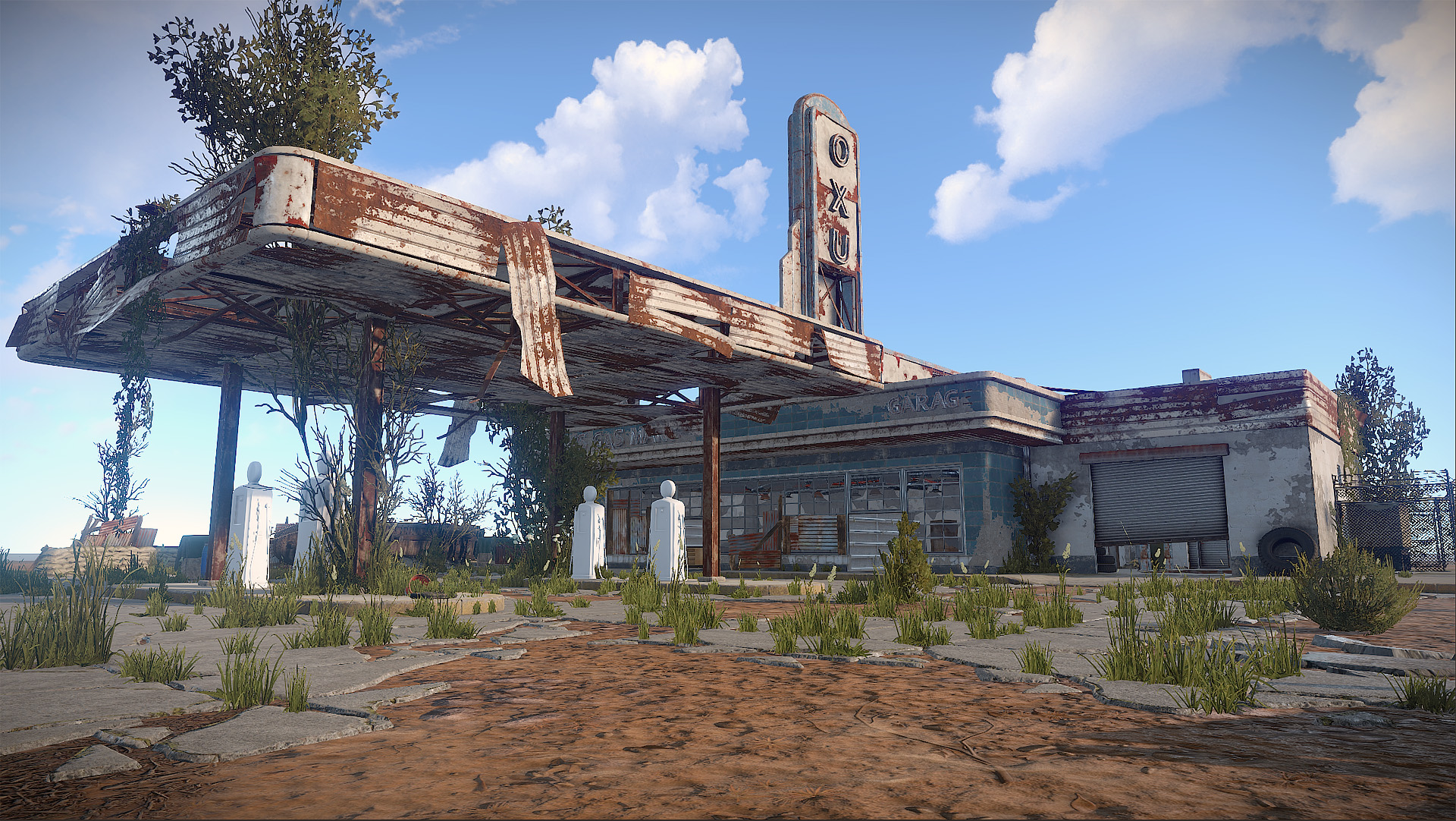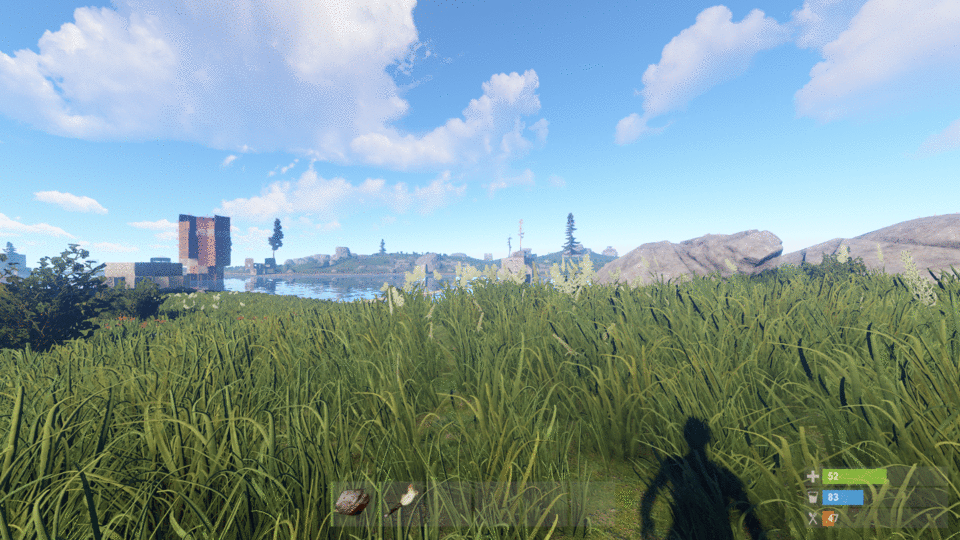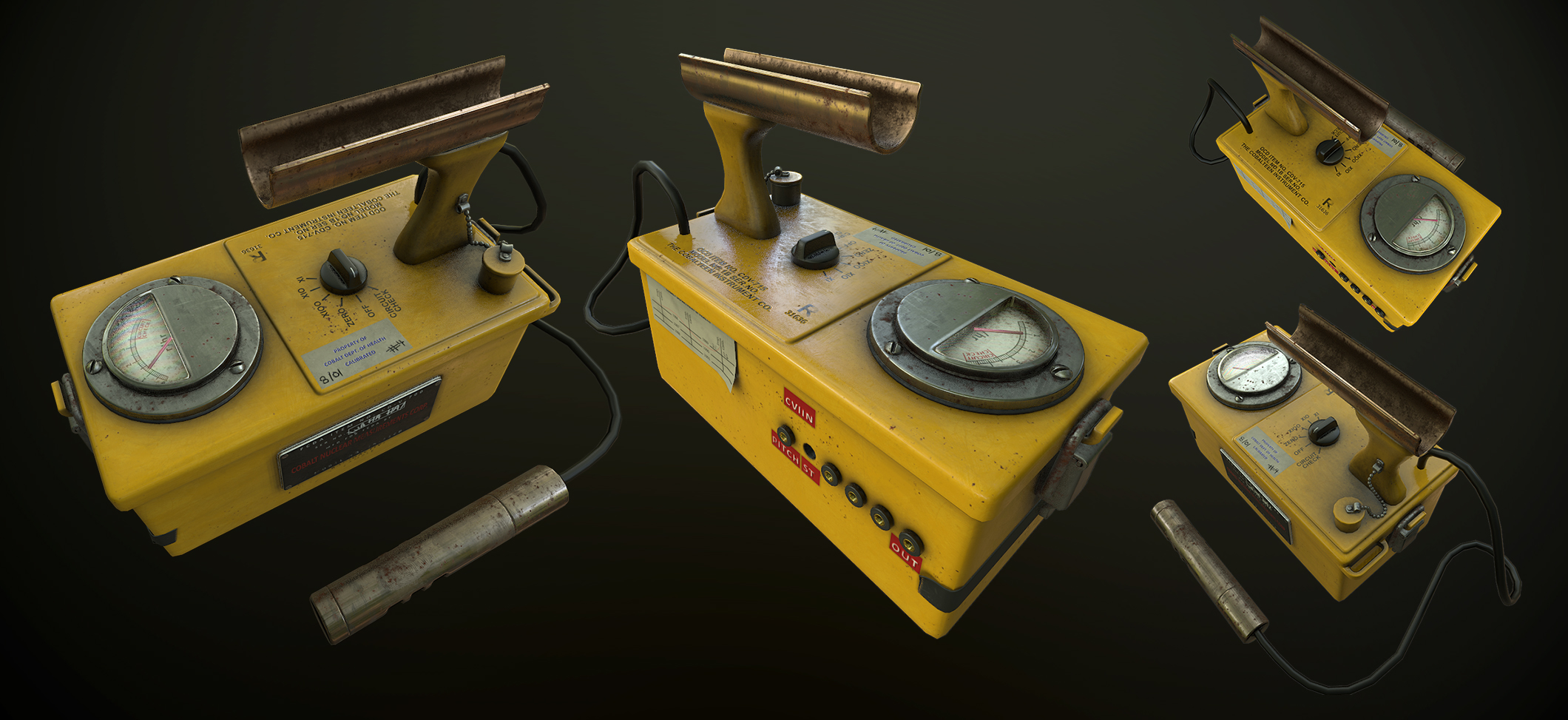The APC is in! You'll find it patrolling the launch site. In the blog we talk about it, recoil, optimizations, and more.
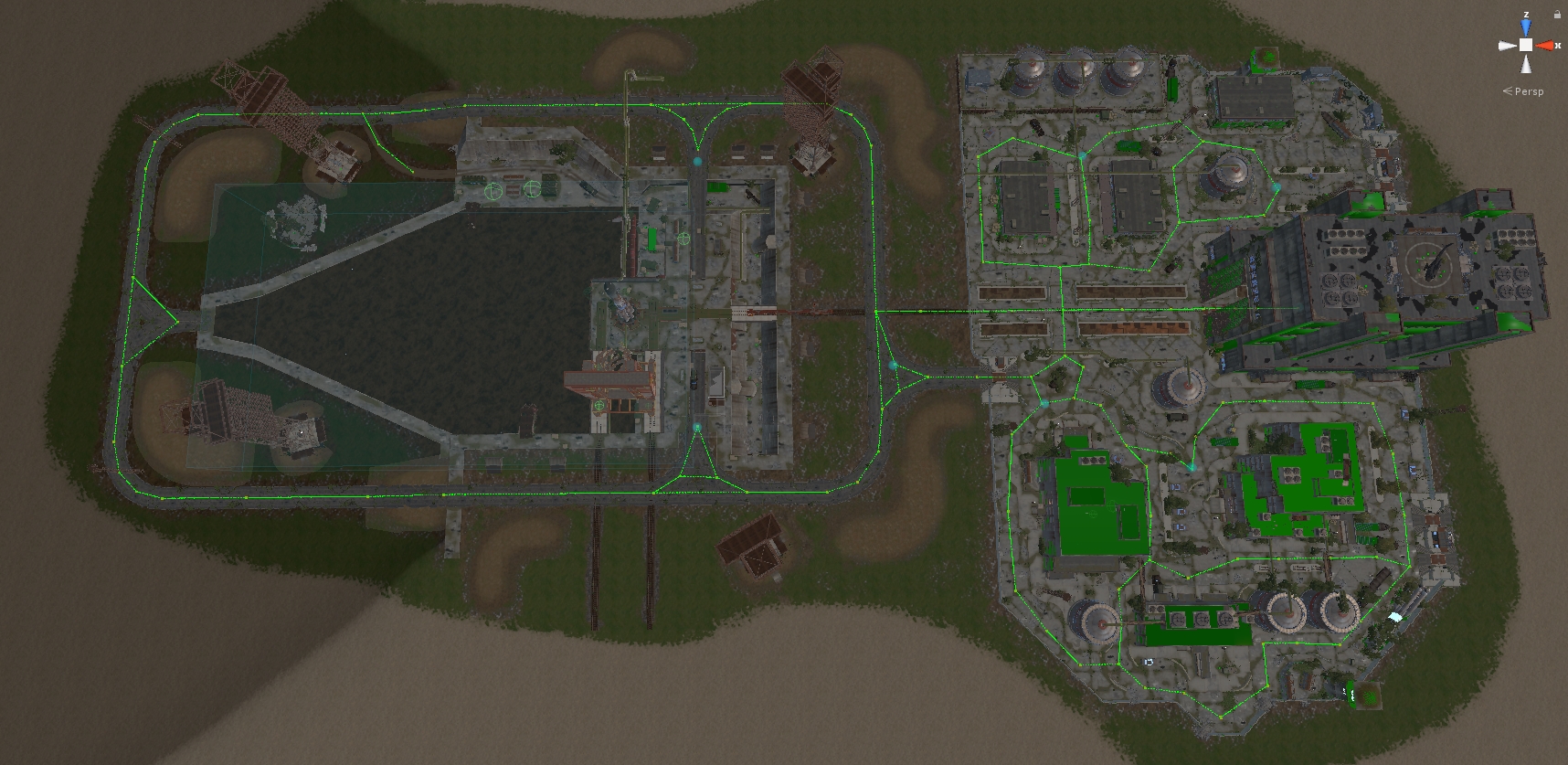 The loot tables are kind of slim right now due to the fact that I know it will be exploitable and I didn't want a bunch of free loot going into the economy.
The weapon systems are also not complete. It's missing its rocket pod and the side gun ports, but it does have the main cannon and coaxial machine gun active. It'll try its best to prioritize targets, and if you run away from it it'll try and search for you.
Not much else to be said. This was a lot of work and it's still not complete. Enjoy some of the media and I'll see you guys at the launch site.
The loot tables are kind of slim right now due to the fact that I know it will be exploitable and I didn't want a bunch of free loot going into the economy.
The weapon systems are also not complete. It's missing its rocket pod and the side gun ports, but it does have the main cannon and coaxial machine gun active. It'll try its best to prioritize targets, and if you run away from it it'll try and search for you.
Not much else to be said. This was a lot of work and it's still not complete. Enjoy some of the media and I'll see you guys at the launch site.
